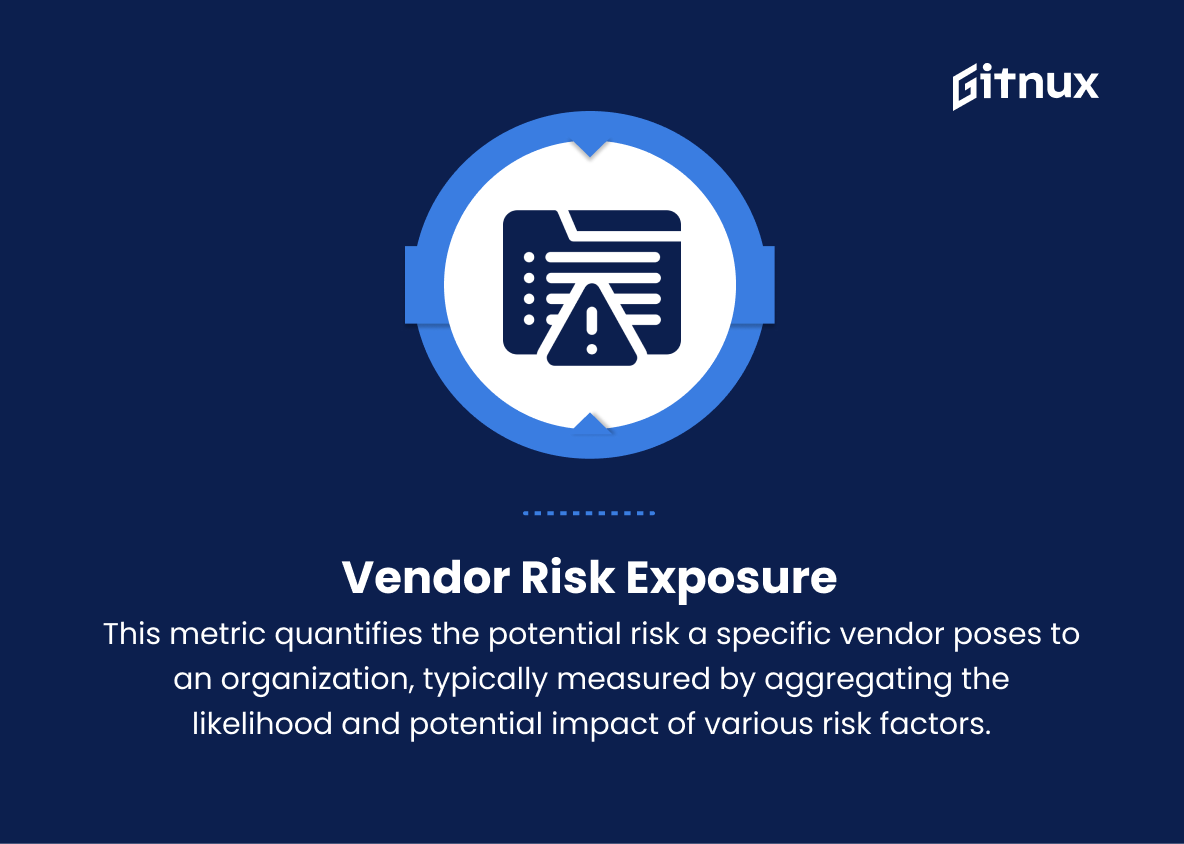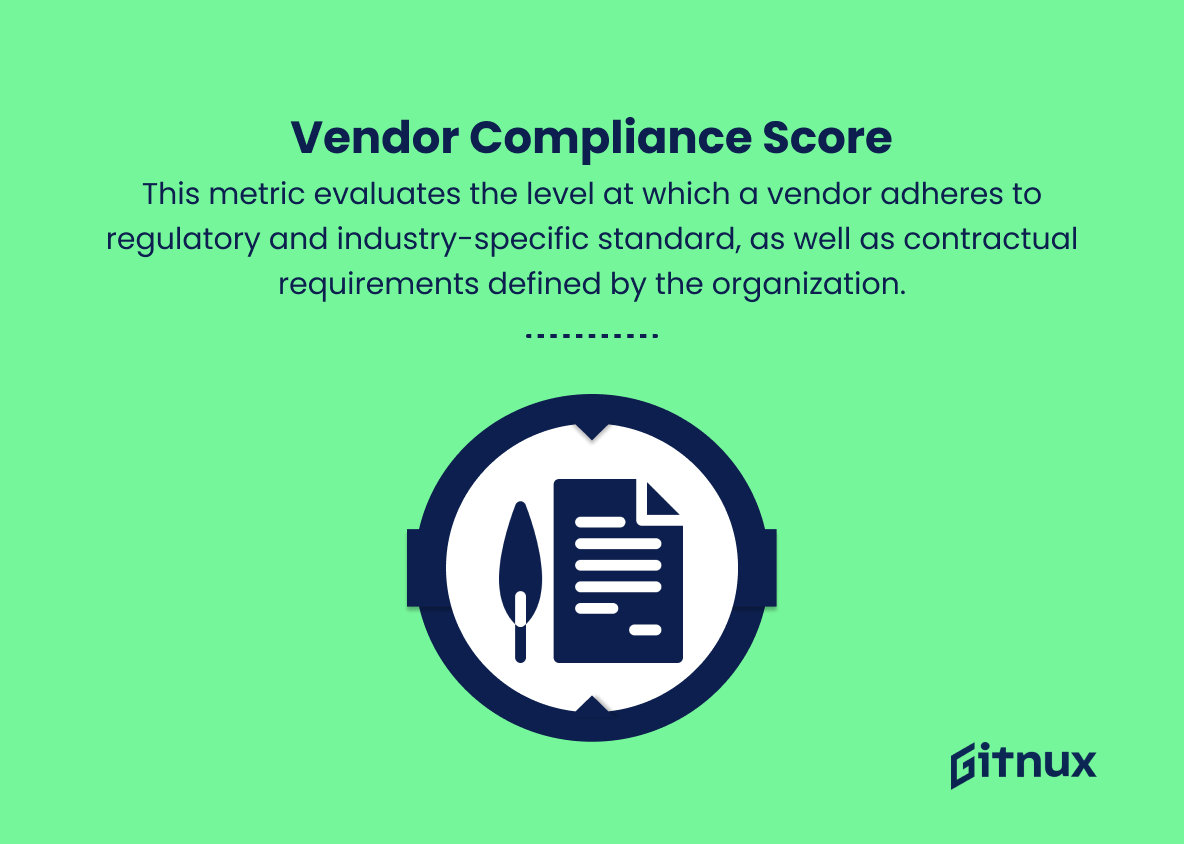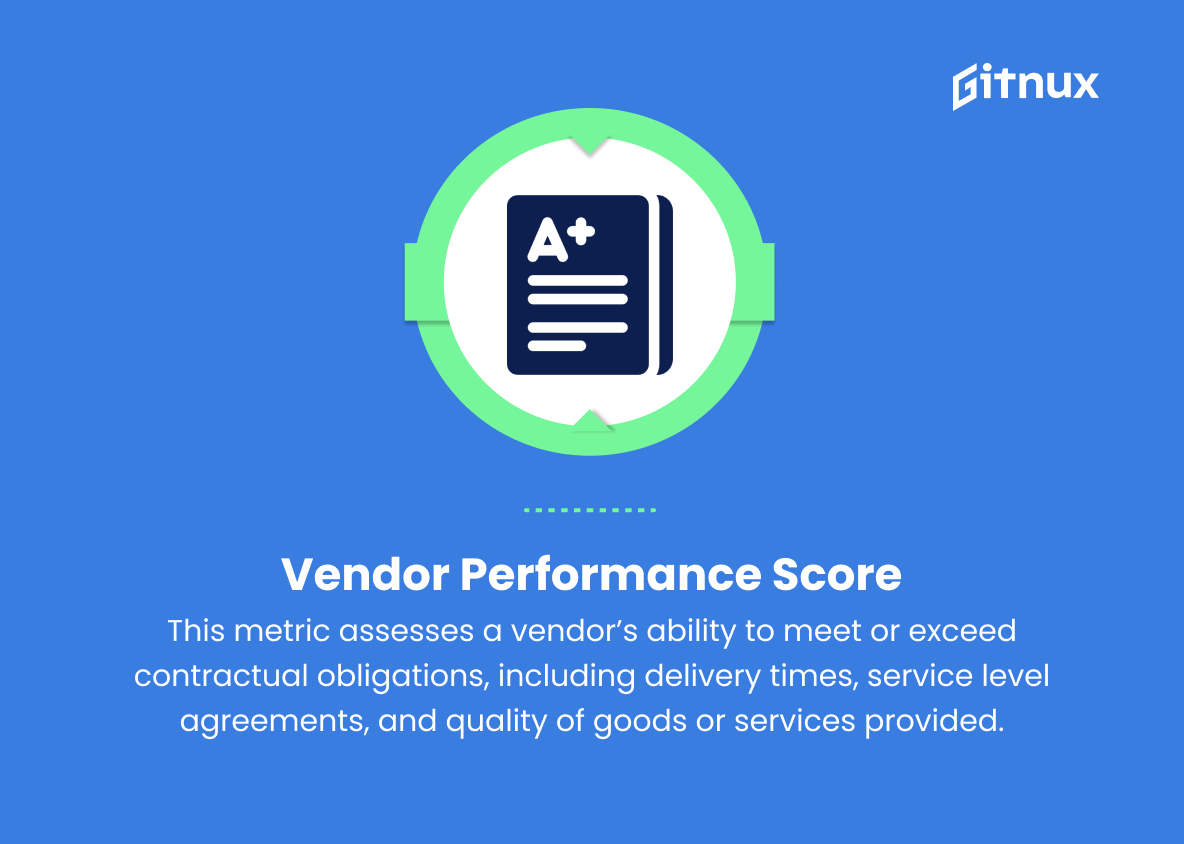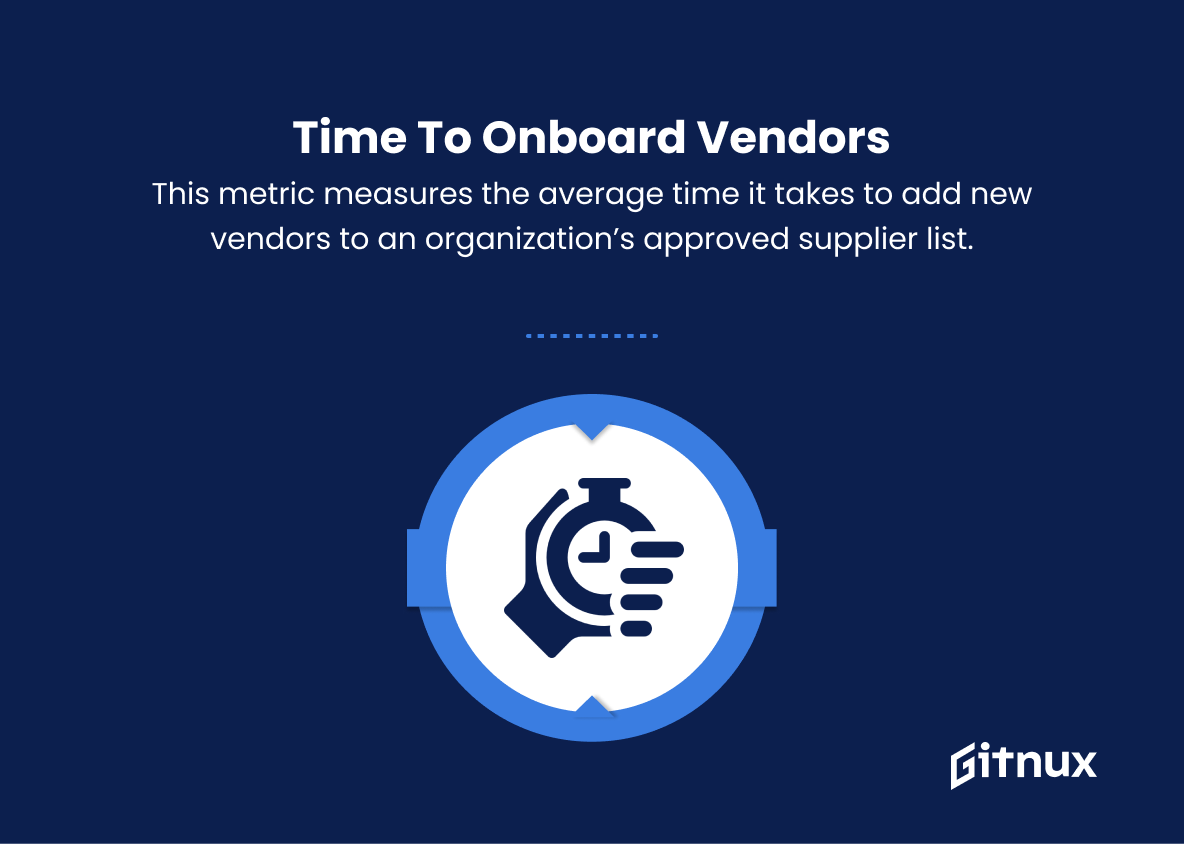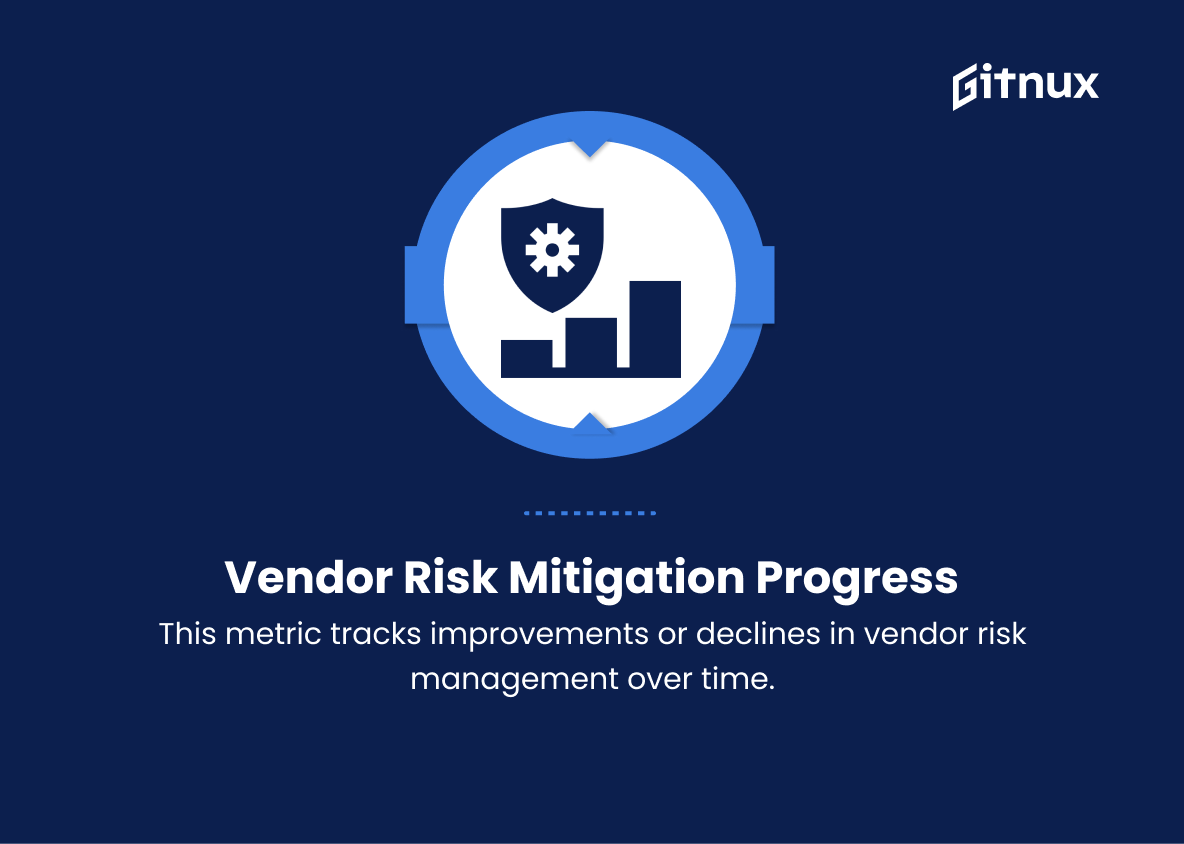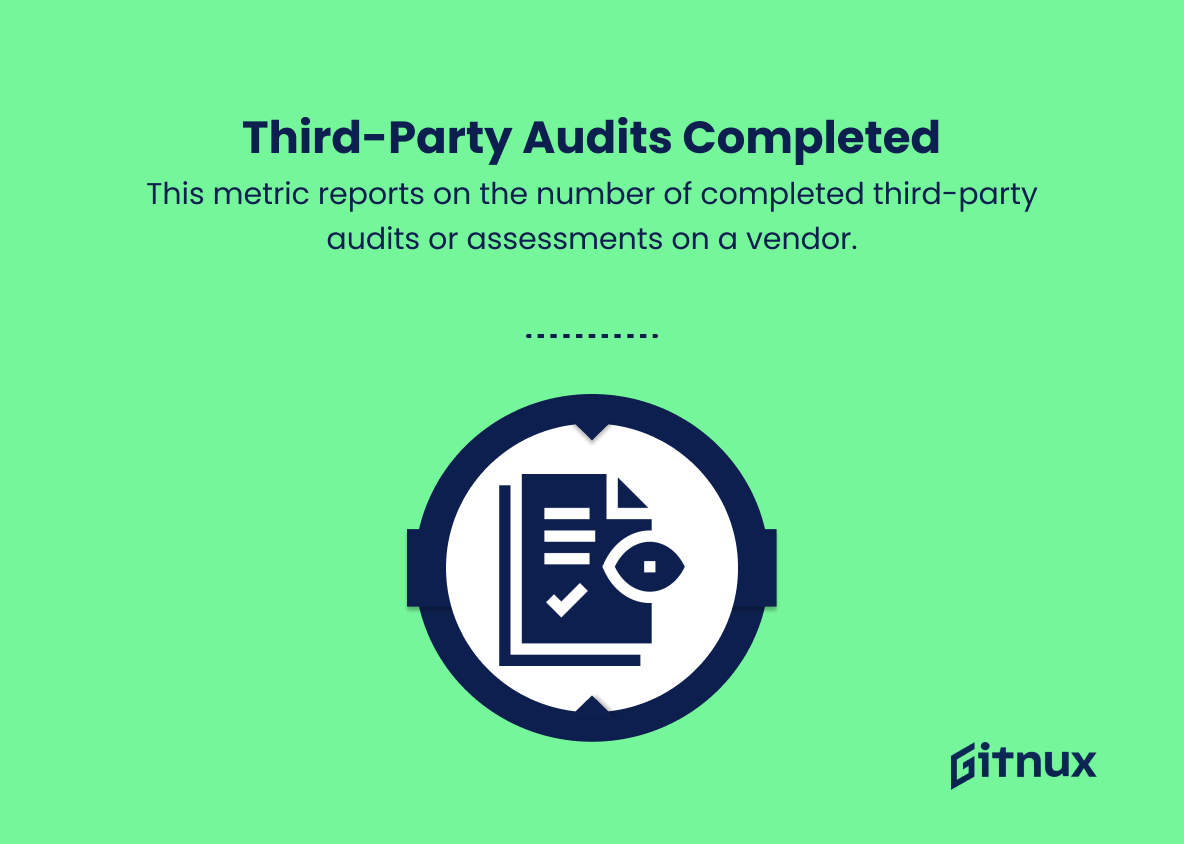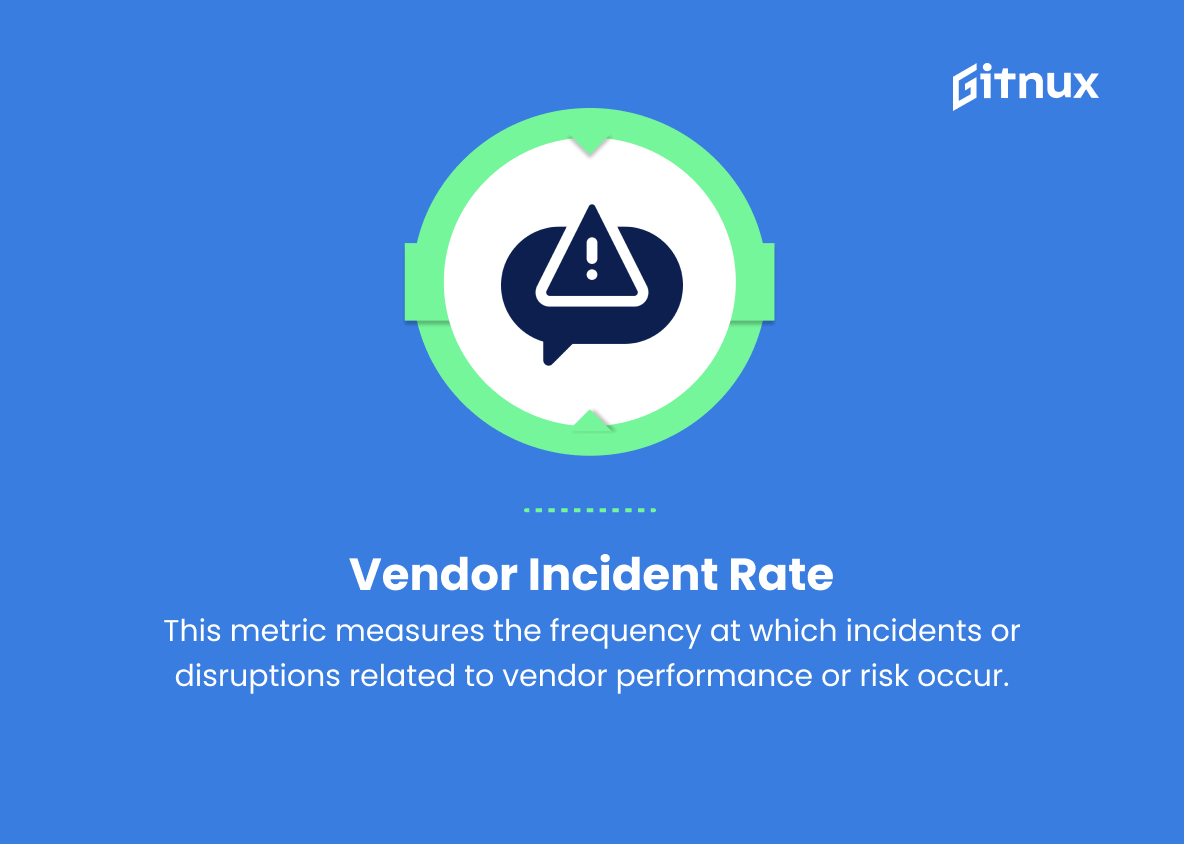In today’s global business landscape, organizations rely heavily on third-party vendors to help drive operational efficiency, reduce costs, and enable strategic growth. However, with the increasing dependency on these vendor relationships comes a variety of complex risks that need to be managed effectively.
Vendor Risk Management Metrics play a crucial role in helping businesses identify, assess, and control the potential hazards associated with third-party partnerships. In this blog post, we’ll delve into the significance of these metrics, explore the key performance indicators (KPIs) that organizations should be monitoring, and offer valuable insights into building a robust vendor risk management framework to shield your business from unwarranted vulnerabilities.
Vendor Risk Management Metrics You Should Know
1. Vendor risk exposure
This metric quantifies the potential risk a specific vendor poses to an organization, typically measured by aggregating the likelihood and potential impact of various risk factors such as financial instability, cybersecurity vulnerability, or regulatory compliance.
2. Vendor compliance score
This metric evaluates the level at which a vendor adheres to regulatory and industry-specific standards, such as GDPR, HIPAA, or ISO 27001, as well as contractual requirements defined by the organization.
3. Vendor performance score
This metric assesses a vendor’s ability to meet or exceed contractual obligations, including delivery times, service level agreements, and quality of goods or services provided.
4. Time to onboard vendors
This metric measures the average time it takes to add new vendors to an organization’s approved supplier list, accounting for due diligence, risk assessment, and contractual negotiations.
5. Percentage of high-risk vendors
This metric identifies the proportion of an organization’s vendors classified as high risk in comparison to the total number of vendors, indicating the portion of the vendor pool that requires closer monitoring and stronger risk mitigation efforts.
6. Vendor concentration risk
This metric evaluates an organization’s reliance on a single vendor or a small group of vendors, which may create vulnerabilities if a key supplier experiences issues or fails to meet expectations.
7. Vendor risk mitigation progress
This metric tracks improvements or declines in vendor risk management over time, including reductions in risk exposure or enhancement of risk mitigation measures in response to identified issues.
8. Third-party audits completed
This metric reports on the number of completed third-party audits or assessments on a vendor, which can demonstrate an external validation of the vendor’s security, financial, or operational controls and practices.
9. Vendor incident rate
This metric measures the frequency at which incidents or disruptions related to vendor performance or risk occur, indicating the need for further monitoring or potential adjustments to vendor relationships.
10. Percentage of vendor risk assessments completed
This metric evaluates an organization’s diligence in conducting periodic risk assessments, overall vendor management program effectiveness, and the organization’s ability to manage and monitor its vendor relationships.
Vendor Risk Management Metrics Explained
Vendor Risk Management Metrics play a crucial role in evaluating and monitoring an organization’s relationship with its vendors, ensuring that potential risks are mitigated, and making informed decisions about supplier relationships. Metrics such as vendor risk exposure, compliance and performance scores, and time to onboard new vendors, provide important insights into the potential impact and vulnerabilities these partnerships may pose. In addition, by measuring the percentage of high-risk vendors, concentration risk, and risk mitigation progress, organizations can keep track of the effectiveness of their risk management efforts and optimize them accordingly.
Furthermore, third-party audits and vendor incident rates serve as essential tools for validating the credibility of vendors and highlighting areas in need of improvement. Lastly, the percentage of vendor risk assessments completed reflects the overall efficacy of an organization’s vendor management program, ensuring that effective monitoring and decision-making processes are in place for managing vendor relationships. In summary, these metrics are vital for organizations to maintain strong vendor partnerships while minimizing potential risks and ensuring compliance with industry standards and regulations.
Conclusion
In conclusion, effective Vendor Risk Management Metrics have proven to be a critical component for organizations striving to achieve operational excellence, maintain regulatory compliance, and protect their brand reputation. By implementing the right set of metrics, organizations can quickly identify potential vendor-related risks and take proactive steps to mitigate them.
By continuously monitoring and evaluating vendor performance and risk through data-driven insights, organizations can maintain a strong vendor ecosystem and ensure long-lasting, mutually beneficial relationships with their suppliers. The dynamic nature of business landscapes and regulatory environments necessitates the constant evolution of vendor risk management strategies, and with the right metrics in place, organizations can successfully navigate these complex terrains and ensure sustainable growth.
